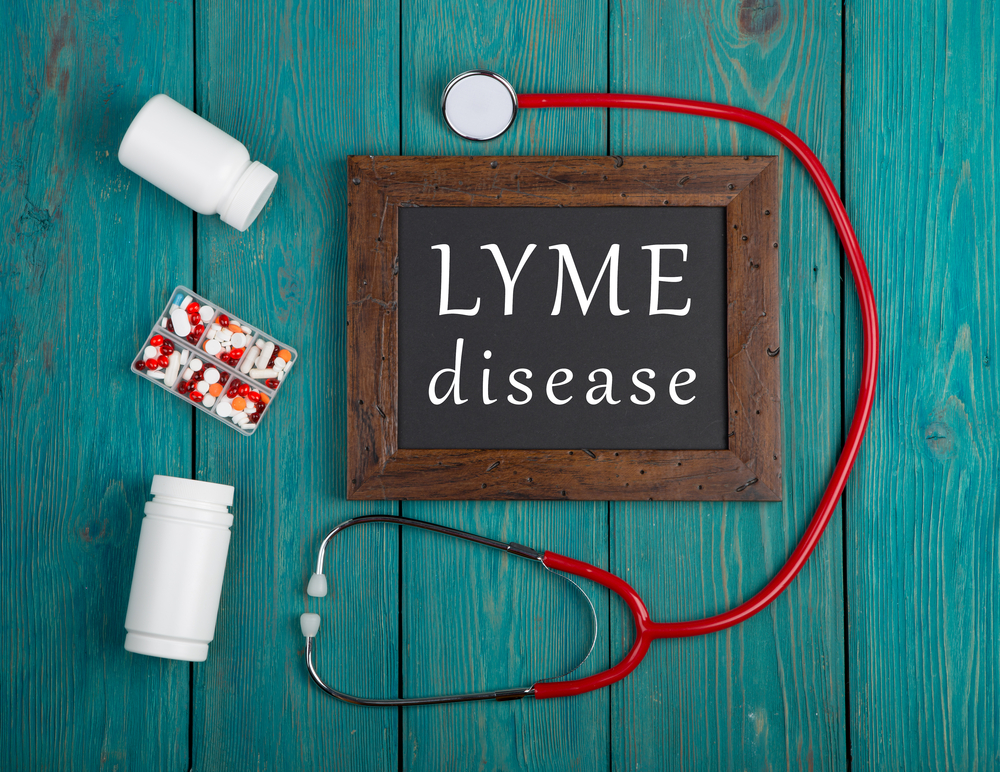
Prevention of Lyme disease
Lyme disease is an infectious disease caused by the spirochete bacteria. Borrelia burgdorferi and Borrelia mayonii are the two species of bacteria that cause Lyme disease in the United States, especially in the woods of the northeast and midwestern parts of the country. Elsewhere in the world, other bacteria are the source of this disease. It is caused by ticks found on infected mice, birds or deer. The disease is transmitted to humans living in, or close to the woods by the bite of the infected black-legged tick, also commonly known as the deer tick. It takes anywhere between 36-48 hours for the tick to bite, the bacteria to get into the skin and transmit the disease in the bloodstream. Sometimes, free-ranging domestic or pet animals that roam around wooded areas can transmit this disease to their human companions.
This condition affects people differently. While some might not display any symptoms of the infection for many months or even years, others might experience all three stages systematically. This infectious disease affects multi-systems in the body and is known to react uniquely to every individual patient.
Symptoms of Lyme disease
- Flat, circular rash that forms a bull’s-eye pattern over time, sometimes appearing in more than one place in the body
- Body ache, severe joint pain, and muscle ache
- Fatigue
- Swelling in the knees
- Stiffness in the neck
- Headache
- Fever and chills
- Swollen lymph nodes
- Disturbances in sleep
- Cognitive defects like difficulty concentrating, or impaired memory
Sometimes many years after being infected the following symptoms may appear:
- Heart problems, like irregularities in heartbeat
- Meningitis
- Neurological symptoms like Bell’s palsy
- Liver inflammation or hepatitis
- Numbness or weakness of all the limbs
- Impaired muscle movement
The treatment for this crippling disease depends on which of the three stages (acute, early disseminated, and late disseminated) it is diagnosed in.
Prevention of Lyme disease
This is possible by trying to prevent the bite of the black-legged tick. While venturing into tall grassy areas or woodlands, it is best to wear clothing that fully covers the hands, legs, and feet. Those living close to the woods can keep their yards clean and their woodpiles out to dry in the sunny patches of the garden. Applying insect repellants with 20% or higher concentration of DEET on exposed areas like the neck and face is essential while venturing into the woods. Lemon or eucalyptus essential oils can be mixed with a carrier oil like coconut, almond, or olive and applied as a substitute for insect repellant. It has the same effect in dispelling ticks.
One must maintain good hygiene practices by leaving footwear outside the house, having a bath with warm water upon returning home from the woods, and washing worn clothes immediately in a hot water rinse cycle in the washing machine. The poppy seed-sized ticks are difficult to spot, so it is better to physically look for ticks on clothes, shoes and other paraphernalia, and extract them carefully and fully with tweezers.



